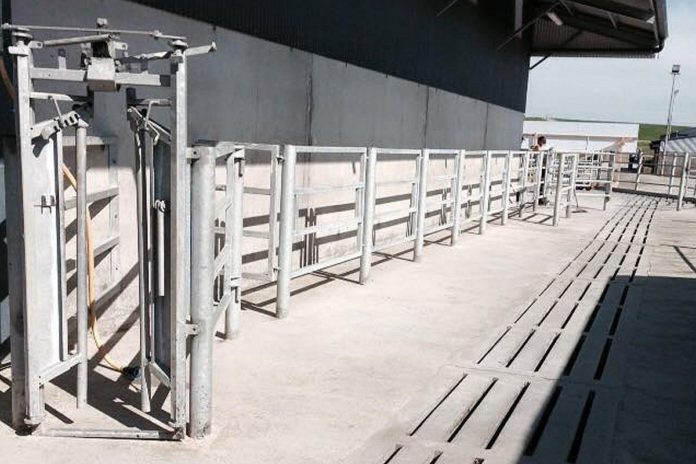With the last stages of the Irish BVD eradication programme approaching, it is important that all herds are aware of the most important risks for the introduction of BVD to free herds, according to Animal Health Ireland (AHI).
Although the current number of affected herds is small, the impact in these herds can be considerable, so it is critical to ensure that all possible measures are in place to prevent the spread of infection.
Pregnant females
Exposure of pregnant females up to approximately 120 days of gestation can result in the creation of further BVD virus-positive (BVD+) calves to be born in 2024.
The body, has, in its latest information bulletin, outlined that this is “particularly important” at this time of year, when many heifers and cows are in this critical window, that measures are in place to minimize the risk of introduction and spread.
This risk is particularly great for herds in the same locality as other herds with BVD+ results this year, Ahi stressed.
“This includes herds that have not had positive results previously.”
“The maps on AHI’s website are updated monthly and may be checked to establish whether there have been recent cases in your area.”
A review of biosecurity, including vaccination and extra precautions to be taken by herd owners and visitors, should include the following areas, as outlined below.
Introducing animals is an important way for BVD (and other diseases) to arrive on a farm. One way to control this risk is to hold introduced cattle in a quarantine facility (building or paddock) for at least 28 days. Where purchased cattle are pregnant, there is also the further risk that they may be trojan dams carrying a BVD+ foetus.
Pregnant animals should, therefore, have their calves sampled promptly and kept away from other pregnant animals until tested negative for BVD. The use of hired, leased or borrowed bulls also poses a potential risk.
All individuals coming onto a farm who may have had direct or indirect contact with cattle from other herds, including employees, relief workers, professional visitors (vet, AI, milk recorder, hoof trimmer etc.) and the farmer him/herself, should use farm specific boots and clothing or take steps to ensure that adequate cleaning and disinfection procedures are followed.
Boundary contact
Wherever possible, cattle up to at least 120 days of pregnancy should not graze at boundaries where nose-to-nose contact with other cattle is feasible, the body outlines.
Boundaries, AHI advises, should be sufficient to provide a gap of at least 3m and prevent cattle from breaking in or out, even if only on a temporary basis using an electric fence.
Equipment
Movement or sharing of large or small items of equipment should be avoided where possible.
Otherwise, these should be thoroughly cleaned and disinfected before use. This also applies to shared trailers, pens or crushes.
Vaccination
A spokesperson commented:
“While vaccination will not prevent the entry of BVD virus (or IBR, Lepto etc.) onto a farm, it can minimise the impact of accidental introduction.”
“Note that once Ireland is recognised as BVD-free, routine BVD vaccination will have to stop.”
All herds are encouraged, in collaboration with their veterinary practitioner, to review their biosecurity practices, especially those in the same locality as other herds with BVD virus-positive results this year during this high-risk period during early pregnancy.
While carried out with BVD in mind, attention to these areas will reduce the likelihood of introducing infectious diseases in general.
Previous farming news articles on www.thatsfarming.com:





